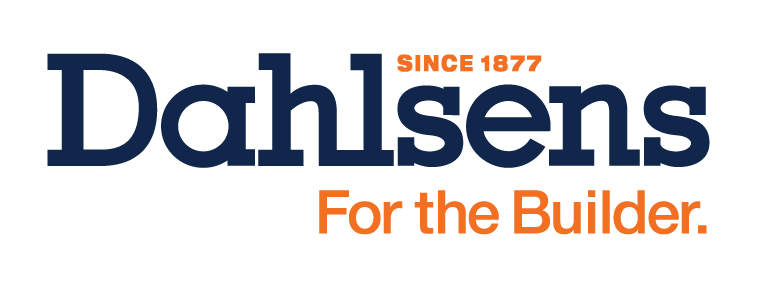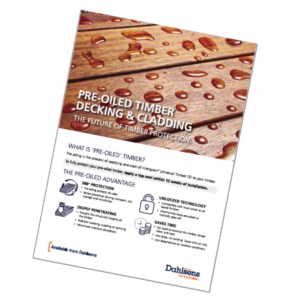Types of hardwood decking timber available
Hardwood is a durable and attractive decking option which is able to complement both traditional and contemporary builds. Dahlsens supplies a full range of hardwood decking timbers including:
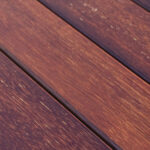
Merbau timber decking
Merbau is an extremely durable and cost efficient hardwood timber with rich tones varying from golden-brown to dark red. Merbau can be identified by its distinctive wavy grain and is one of the few timbers classified as bushfire-resistant in Australia. This hardwood contains plenty of natural oils which help prevent shrinking, cracking and splitting. Pre-oiled Merbau is available from all Dahlsens stores.
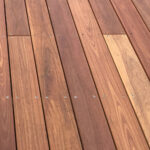
Spotted Gum timber decking
One of the more common hardwood options in Australia, Spotted Gum is a termite resistant hardwood which can last more than 40 years with proper maintenance. This timber comes in a range of colours from light grey and off-white to deep brown variations. Oils and stains can be used to customise the timber for your needs.
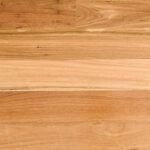
Blackbutt timber decking
Native to Australia, Blackbutt is a light coloured timber, ideal for customers seeking a coastal or Scandinavian look. Available in shades from light brown to golden yellow, this straight grain hardwood is termite resistant and fire rated up to and including BAL 29.
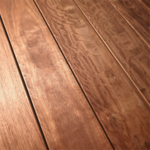
Ironbark timber decking
When it comes to durability, Ironbark can’t be beaten. Ironbark is the heaviest and densest Australian hardwood, and can last 40 years or more with proper maintenance. Both Red Ironbark and Grey Ironbark are readily available in colours ranging from pale grey to red and brown.
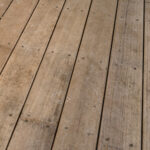
Silvertop ash timber decking
Another timber with good fire resistance qualities, Silvertop Ash is a home-grown, moderately durable hardwood. Sometimes referred to as ‘Coast Ash’, this timber has a medium texture with distinctive growth rings and interlocked grain features. Ranging from brown to light red, Silvertop Ash is a solid option sure to please most clients.
Looking for Other Decking Solutions?
Browse our composite decking range or our metal subfloor systems.
Timber Decking FAQs
Which timber is best for decking?
Which timber is best for a project is wholly dependent on your clients lifestyle and needs. While Ironbark hardwood is a popular choice due to its strength and longevity and merbau is a favourite for its cost effectiveness, hardwood timber does require regular maintenance. Clients with mobility issues, busy schedules or young children may prefer composite decking boards which tend to be lower maintenance and will not splinter.
What size timber should I use for decking frame?
The size of the timber you should use for your decking frame will vary. Factors that may influence this include:
- Size and weight of the decking boards
- What kind of furniture or equipment your customer will be storing on the deck
Contact the decking experts at Dahlsens for advice tailored to your project.
What is the life expectancy of a wood deck?
The average lifespan of a timber deck is around 10 to 15 years. The actual longevity of a deck is highly dependent on the type of timber, location, proximity to water, techniques used during the installation process, and the maintenance it receives. With proper care, a high quality timber deck can last up to 40 years or more.
How should I maintain timber decking?
To keep your timber deck looking its best, it should be regularly cleaned, sanded, and sealed with quality decking oil or stain to protect against weathering.
Can I use timber decking in bushfire-prone areas?
Certain hardwoods like Spotted Gum and Ironbark are naturally fire-resistant and suitable for BAL-rated zones. Check local regulations and consult Dahlsens for compliant options.

